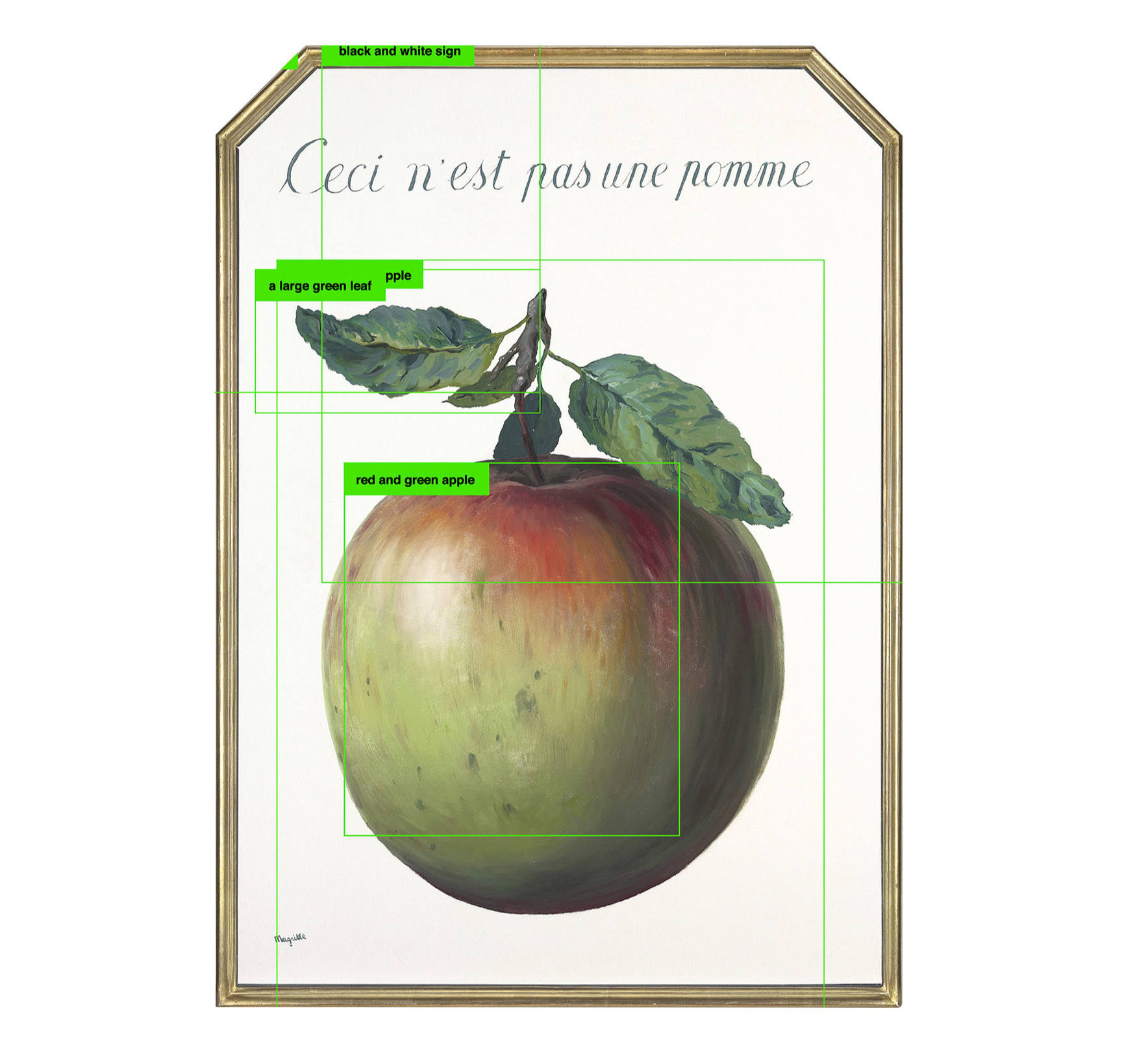Apple Treachery

I have long assumed that virtual reality (VR) and artificial intelligence (AI) were related in some vague way. I’ve gradually come to understand them as opposites, and more, possibly, good guys and bad guys. Perhaps the understanding will be temporary, but for the momentm. VR is broadly benign, expanding the world, enhancing or analyzing our perception. It simulates flights for pilots-in-training, offers virtual setting in which to learn all kinds of things — surgery, pain control, languages, etc. VR sets out to create a world around you;
AI, on the other hand, does its best to replace, then control you. Sometimes AI seems so very clever. Robots can play chess — and Go — superbly. Robots seem to be learning to write, for example, to the point where students can use them to write for coursework. At least old-fashioned plagiarism acknowledged that it takes another human being to write something new. It still does. The machine writing is, to put it mildly, “derivative,” or perhaps better “robotic”. Robots simulate writing. They are NOT like us. Not even close. And in terms of the sheer quantity of information to contend with, writing is a dawdle compared to seeing.
Recently there was news about Open AI’s Clip system. It seems that when it detects a text, a label — in alphabetic characters and numbers, it will pretty much overlook whatever visual data may be available. The robot can be fooled by the crudest possible text: write “i-Pad” on a post-it note and stick it on an apple, and the machine identifies the fruit as an i-Pad.
Since systems that work in quite similar ways are routinely used to classify humans today — facial recognition systems at national borders, for example, or screening for employment, etc., the technical potential for getting an ID absolutely wrong matters — a lot. Trevor Paglen has been watching, studying, and doing his best to show us how machine algorithms are “seeing” us. He’s co-author of this recent article accompanying an exhibition of his work. The bigotries he’s been exposing are wonderfully fast, very consistent and at least as stupid as any found in humans.
The phrase “apple treachery” plays on the title of a truly famous surrealist image by the French painter and draughtsman, René Magritte, “Ceci nest pas une pipe” [This is not a pipe], a very simple, school-book-style drawing of a pipe, labelled with a simple, school-book-style denial. It’s called The Treachery of Images. It might be called The Treachery of Texts, too, perhaps. It is famous for being exceptionally quick and clear in exposing the chasm between text and image, the treacherous ground where AI does not fear to tread.


